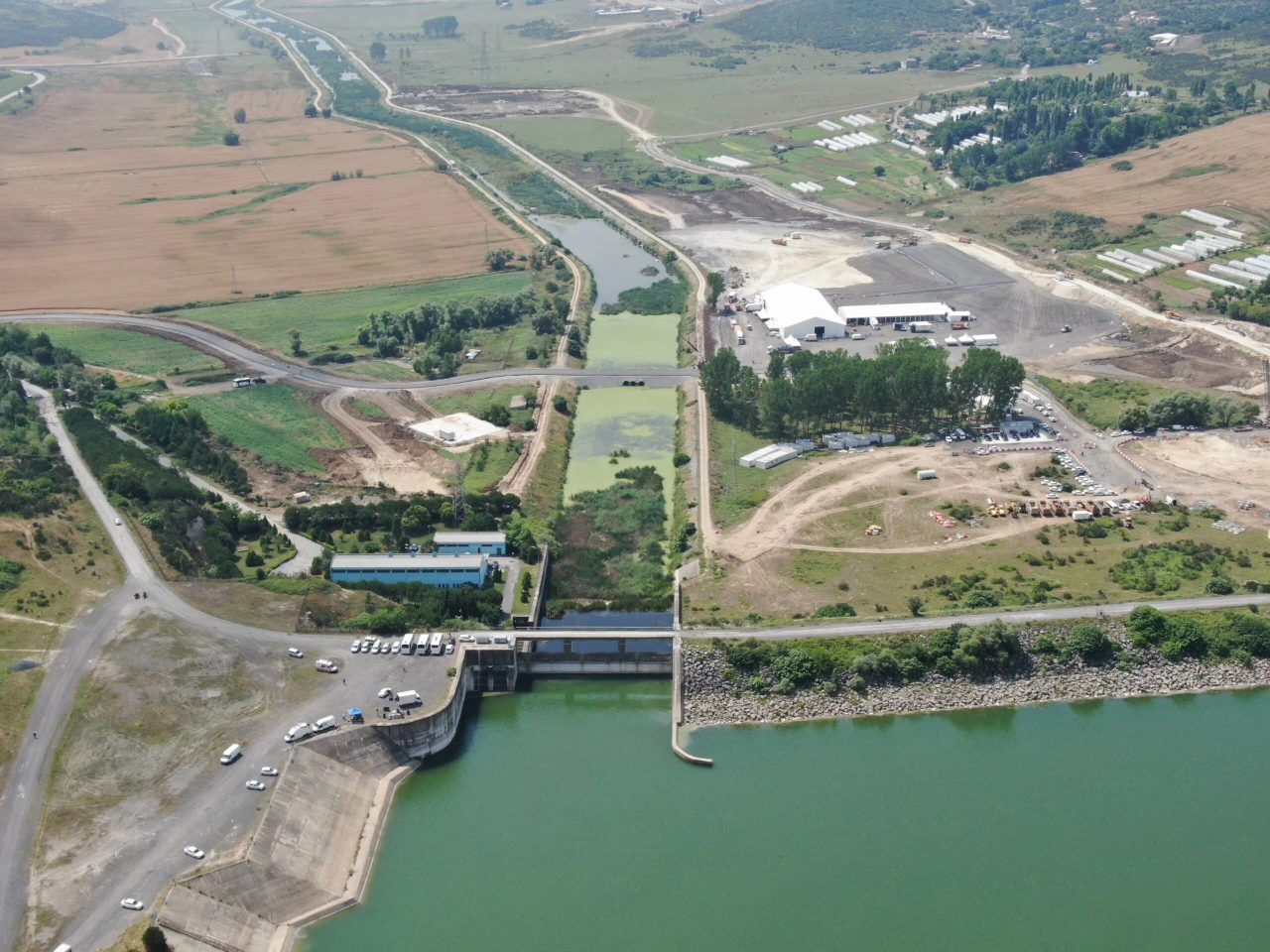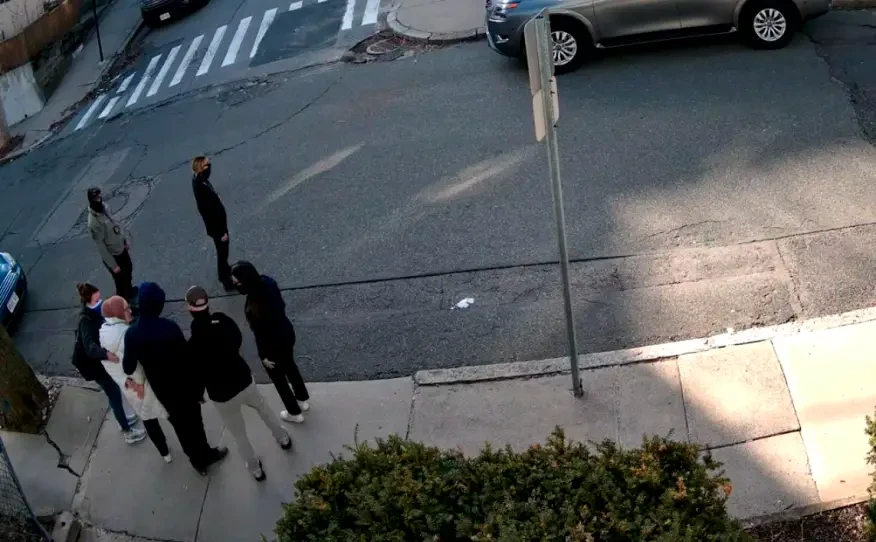Koprulu Mehmed Pasha’s 17th century legacy revealed in Türkiye’s Bozcaada
 In an archaeological excavation in Bozcaada, Canakkale, the "castle bath" built 366 years ago by Grand Vizier Koprulu Mehmed Pasha during the reign of Sultan Mehmed IV was uncovered. Türkiye, December 12, 2024. (AA Photo)
In an archaeological excavation in Bozcaada, Canakkale, the "castle bath" built 366 years ago by Grand Vizier Koprulu Mehmed Pasha during the reign of Sultan Mehmed IV was uncovered. Türkiye, December 12, 2024. (AA Photo)
A remarkable archaeological find has emerged from Bozcaada, a scenic island in Canakkale, Türkiye, where a “castle bath” dating back 366 years to the reign of Sultan Mehmed IV has been uncovered.
The bath was commissioned by Grand Vizier Koprulu Mehmed Pasha following his conquest of the island from the Venetians in 1658.
New architectural discovery adds to Bozcaada’s rich history
The excavation, supported by the Ministry of Culture and Tourism and the Governorship of Canakkale, has focused on two key areas this season: the necropolis of the ancient city of Tenedos and the iconic Bozcaada Castle.
According to Professor Turan Takaoglu, the head of the Tenedos Excavation and an academic at Canakkale Onsekiz Mart University, the research began in 2021, and significant progress has been made this year.
Koprulu Mehmed Pasha’s legacy in Bozcaada
Professor Takaoglu explained that the “castle bath” was constructed after Koprulu Mehmed Pasha successfully reclaimed Bozcaada from the Venetians in 1658.
This bath, mentioned only in Koprulu Mehmed Pasha’s vakfiye (endowment document), has been largely uncovered during the 2024 excavation season.
This discovery marks a new chapter in the ongoing exploration of Bozcaada Castle, revealing unique aspects of 17th-century Ottoman architecture.
Rare Ottoman architectural structure
“Kale hamams” (castle baths) represent a rare category of Ottoman architecture, and this example in Bozcaada is particularly unique. Built in the mid-17th century, it features distinctive architectural and functional elements not commonly found in other Ottoman baths.
The findings from this excavation offer new insights into daily life at the castle, as well as highlighting the design of the bath.
Further investigation using georadar has suggested that many more structures remain hidden beneath the earth at Bozcaada Castle, awaiting discovery. According to Takaoglu, the castle is known to contain numerous buildings, as evidenced by Ottoman archives, traveler accounts, and the diaries of Allied forces who were stationed on the island during the Gallipoli Campaign in 1915.
Castle Museum in making
Takaoglu emphasized that Bozcaada Castle is an important historical site, one that deserves to be transformed into a “castle museum” that tells its story in depth.
As excavation work continues, researchers aim to uncover new information that will shed light on previously unknown aspects of the island’s history.
The uncovering of the “castle bath” in Bozcaada is an important step in the ongoing archaeological exploration of this historically rich site.
With further excavation planned, Bozcaada Castle promises to reveal even more about the daily lives and architectural innovations of the Ottoman era.



